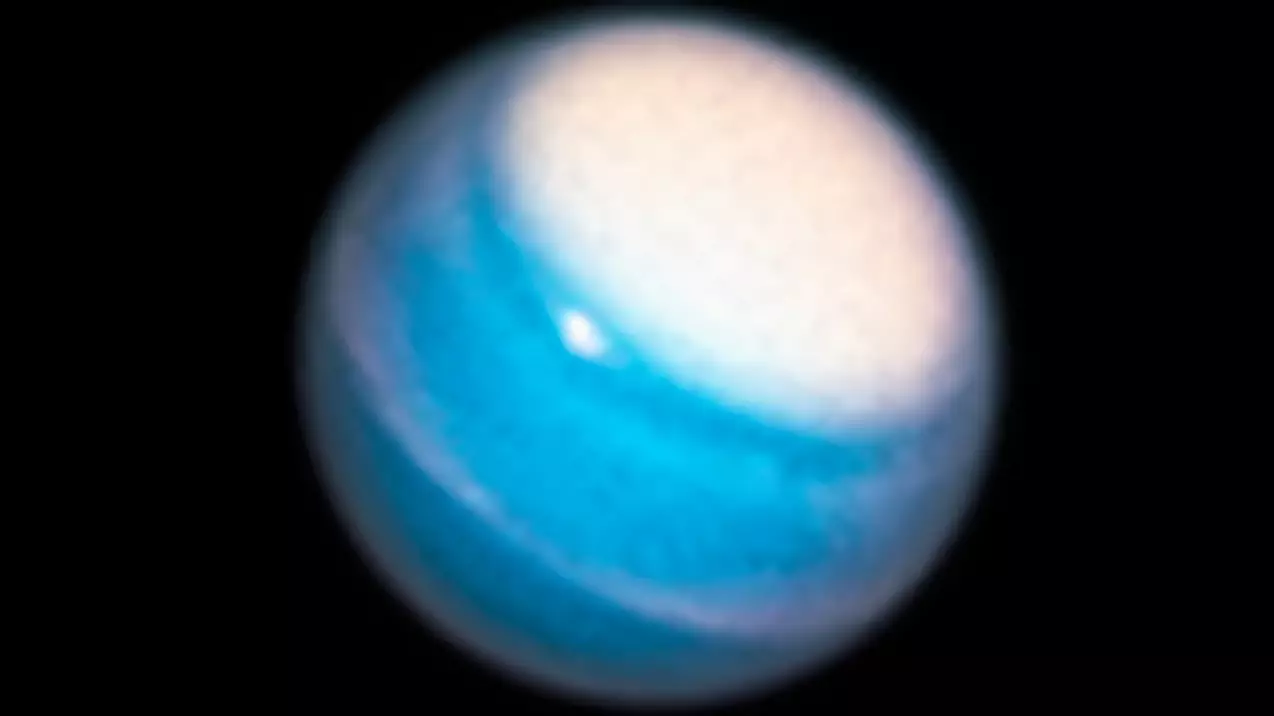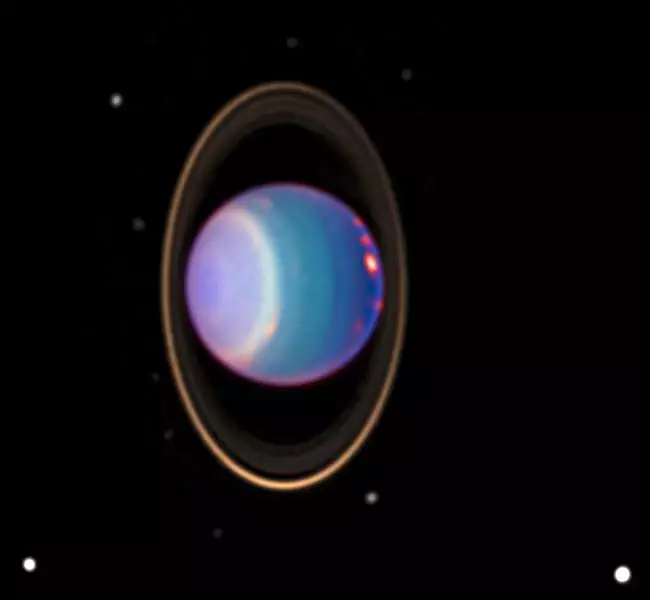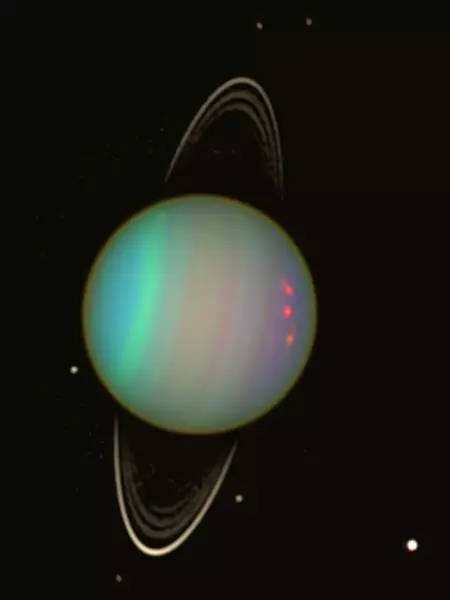
It is the seventh furthest planet from the Sun, but just how big is Uranus?
It's a question we've all asked, often while trying not to smirk, but the serious answer is that Uranus is actually larger than you might think (stop sniggering).
In fact, Uranus is four times larger than Planet Earth.
Advert

Uranus and Neptune differ from other planets in our solar system in that they're classified as ice giants, with the former considered to be the larger of the two (yes, you might say Uranus is larger than Neptune). Let planetary scientist Amy Simon tell you more.
"Uranus and Neptune are really unique in our solar system. They're very different planets than the other ones we think of," she said on NASA's Gravity Assist podcast.
"Part of the reason we call them ice giants is because they actually have a lot of water ice. So, while some of the other gas giant planets are mostly hydrogen and helium, they're predominately water and other ices."
Advert
Interesting stuff - although the ices in Uranus' atmosphere mean it has the coldest planetary atmosphere in the solar system. So wrap up if you're planning to visit.
But of what of Uranus' size? Well, according to NASA's Space Website: "If Earth were a large apple, Uranus would be the size of a basketball."
In other words, it's roughly four times the size of Earth, or to be more precise about it: the mean radius of Uranus is 15,792 miles (25,362 kilometers). Don't try and measure that out in your kitchen.

Here's the thing about Uranus, though: like many other bodies in the solar system, the fact that it spins means that it creates a slight bulge around its centre.
Advert
At its poles (the top and bottom) the planet has a radius of 15,517 miles (24,973 km), but at the equator, it expands to 15,882 miles (25,559 km). This gives it a shape known as an 'oblate spheroid', a factoid sure to make you the winner of a Zoom quiz at some point soon.
In fact, if you were to take a walk around the equator of Uranus - which would be hard given it has no solid surface - you would travel 99,018 miles (159,354 km).
So now you know about the physical distance, how about its physical weight?
Well, Uranus may be four times bigger than Earth in diameter but its weight is far greater - an estimated 14.5 times heavier, in fact.
Advert
The number are unimaginable to our minds, but to give you a figure, its weight is just under one trillion trillion kilograms - 86 septillion to be precise.
Basically, Uranus is heavier than Planet Earth.
One final thing you may not know about Uranus is that it has rings! Although we traditionally think of Saturn when we picture planets in our solar system that have rings circling then, Uranus also has some too.
Advert
The rings around Uranus are made up of tiny dark particles smaller than a meter. Only two of the 13 rings are larger than six miles across.
But they still count!
Featured Image Credit: ESA/Hubble (Creative Commons)Topics: space
